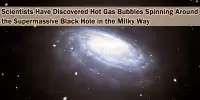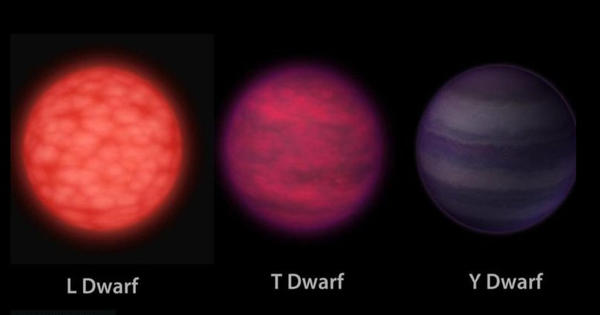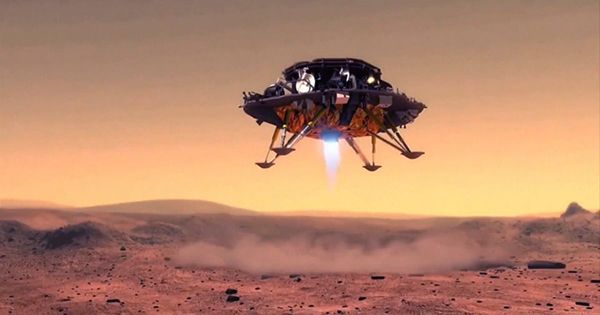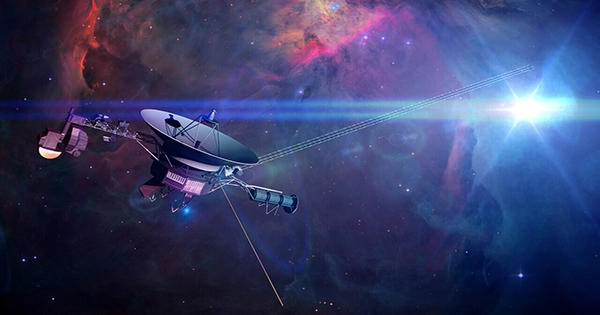70 Virginis b is an extrasolar planet located in the constellation of Virgo about 60 light-years away. It is a gas giant exoplanet that revolves around a G-type star. It has a mass of 7.49 Jupiters, takes 116.7 days to complete one orbit around its star, and is 0.481 AU away from it. It has at least 7.4 times the mass of Jupiter, with an upper mass limit of 38 Jupiter masses based on HIPPARCOS astrometric data analysis. In a highly elliptical orbit that takes nearly 167 days, it moves around 70 Virginis at an average distance of only 0.48 AUs (a semi-major axis around Mercury’s orbital distance).
70 Virginis is a yellow-orange main sequence dwarf star with the spectral and luminosity type G5 Va, but it has previously been classified as G2.5 to G4. The star has about 1.10 percent of the mass of Sol, a diameter of 2.0 to 2.5 times that of Sol, and a luminosity of 2.9 times that of Sol. Based on its abundance of iron, the star may be less enriched (92 percent) in elements heavier than hydrogen than Sol. It appears to be more evolved than Sol, possibly dating back nine billion years.
In 1996, it was announced that it had been discovered. Geoffrey Marcy and R. Paul Butler announced in 1996 that 70 Virginis was one of the first stars confirmed to have planets orbiting it. When it was first announced, 70 Virginis b was thought to be in its star’s habitable zone (ideally, the “Goldilocks zone”), but it was later confirmed that the planet has an eccentric orbit, closer to its parent.

Characteristics
70 Virginis b is a gas giant extrasolar planet that is 7.5 times the mass of Jupiter and orbits its host in an eccentric 116-day orbit. It is expected to have a surface gravity six to eight times that of Jupiter. At the time of its discovery in January 1996, it was thought that the star was only 29 light-years away, making it less luminous based on its apparent magnitude. As a result, the planet’s orbit was thought to be in the habitable zone, and it was dubbed Goldilocks (not too cold or too hot).
The Hipparcos satellite later revealed that the star was more distant from Earth and thus brighter, causing the planet to be too hot to be in the habitable zone.
The orbit of the planet was revised in a significant update to the 70 Virginis system, and interferometry was used to show that, while the host star is similar in mass and temperature to the Sun, it is near twice the radius of the Sun. The accuracy of these stellar parameters allowed the Habitable Zone to be calculated much more precisely, and orbital dynamics simulations show that despite the presence of the nearby eccentric giant planet, a terrestrial planet can maintain a stable orbit in the Habitable Zone.
















